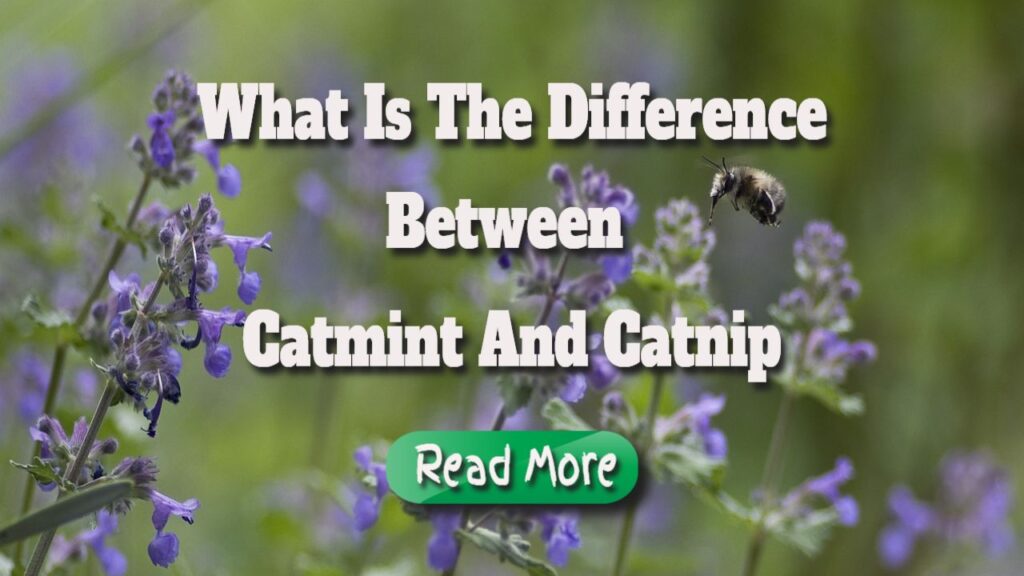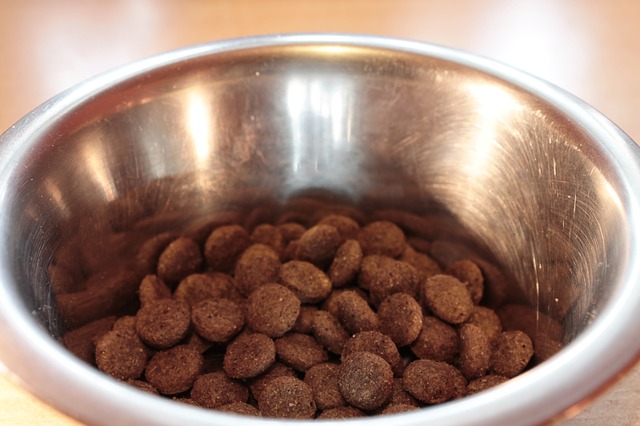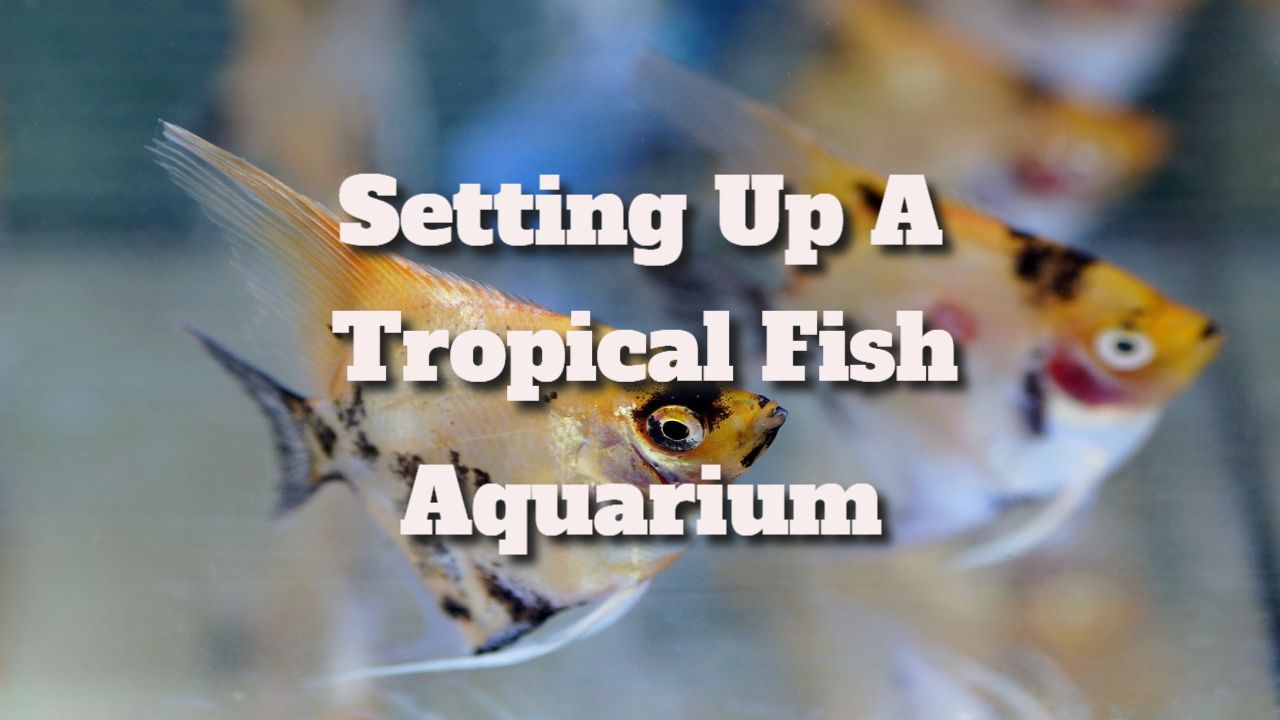What is the difference between catmint and catnip.
What is the difference between catmint and catnip?
Catnip plant varieties include:
What is the difference between catmint and catnip? The mint family includes catnip. Catnip comes in various types, all of which are easy to grow, vigorous, and appealing.
If you’re wondering, yes, these plants will attract your cats. When the leaves are crushed, nepetalactone, a chemical that makes cats ecstatic, is released.
Contact with the plant not only pleases the cat but also offers you several photo chances and a general sense of satisfaction as you watch “Fluffy” frolic.
Nepeta cataria, generally known as genuine catnip, is the most prevalent type of catnip. There are other Nepeta species, each unique blossom colour and aroma.
These catnip plants are native to Europe and Asia but have become naturalised in some regions of North America. Catnip and its cousin, catmint, have interbred, resulting in several offshoots of the original type.
There are five popular species, which are as follows:
True catmint (Nepeta cataria) – grows up to 1 foot tall and produces white to purple blooms.
Tall Greek catmint (Nepeta parnassian)- Pale pink blossoms and a height of 112 feet (1.5 m).
Camphor catmint (Nepeta camphorata) is a 3 foot (1.5 m) tall plant with white flowers and purple markings.
Lemon catmint (Nepeta citriodora) has white and purple flowers that grow around 1 metre tall.
Persian catmint (Nepeta mussinii)-Lavender flowers and a 15-inch height (38 cm).
The majority of these catnip varieties feature grey-green, heart-shaped leaves with fine hairs. All bear the mint family’s traditional square stem. There are various species of Nepeta for daring gardeners or cat lovers.
The enormous catmint can g row to be over a metre tall. The flowers have a purplish-blue colour, and there are various variations, including ‘Blue Beauty.’ ‘Caucasian Nepeta’ blooms are enormous and spectacular, while Faassen’s Catmint develops a thick clump of huge, blue-green leaves.
row to be over a metre tall. The flowers have a purplish-blue colour, and there are various variations, including ‘Blue Beauty.’ ‘Caucasian Nepeta’ blooms are enormous and spectacular, while Faassen’s Catmint develops a thick clump of huge, blue-green leaves.
Catmint plants are grown in Japan, China, Pakistan, the Himalayas, Crete, Portugal, Spain, etc.
The herb appears to grow in some form or another in practically every country. Most of them enjoy the same dry, hot conditions as common catnip, but a few, like Kashmir Nepeta, Six Hills Giant, and Japanese catnip, prefer moist, well-draining soils and can bloom in partial shade.
Is this catnip or catmint:
Is catnip the same plant as catmint?
Cat lovers who also enjoy gardening will most likely have their cats’ favourite plants in their beds as well, but this can be a little perplexing.
It isn’t straightforward with catnip and catmint. When it comes to catnip, all cat owners are aware that their feline friends enjoy the former.
Is it the same plant or a different one that cats enjoy? While the two plants are similar, there are significant distinctions between them.
Do catnip and catmint have a distinct flavour or aroma?
It’s tempting to think of these two plants as merely different names for the same thing, but they’re not. The mint family includes both catnip and catmint, and the genus Nepeta – catnip is Nepeta cataria and catmint is Nepeta mussinii.
Between the two plants, there are a number of other variances and similarities.
Catnip resembles a weed, although catmint is commonly utilised as a lovely, flowering perennial in flower beds. Catmint flowers more frequently than catnip. Catnip blooms are often white. The blossoms of catnip are purple in hue.
Catnip leaves are harvested by certain people to be used as a culinary herb comparable to mint. In the garden, both plants attract bees and butterflies. Both plants are relatively simple to cultivate.
Cats prefer catnip or catmint.
The critical difference between catnip and catmint for cat gardeners is that only the latter stimulates cats and makes them go wild. Nepetalactone is a chemical found in catnip leaves. This is what cats enjoy and drives them to consume the leaves, providing them with a euphoric high.
Nepetalactone is also an insect repellent, so it’s not wrong to have about the house. Some people claim that their cats are interested in catnip. Those who are intrigued, like catnip, prefer to roll around in the leaves rather than eat them.
If you’re searching for a plant to cultivate solely for your cats’ delight, catnip is a good choice; but if you’re seeking a nicer perennial that flowers all year, catnip is a superior alternative.





This is such an interesting topic! It’s funny how many people confuse catnip and catmint, yet they have some distinct differences. I love that you highlighted Nepeta cataria as the go-to genuine catnip. Watching cats react to it is honestly one of life’s simple joys. The way they get all playful and goofy just makes my day!
It really is fascinating how many people mix up catnip and catmint. They look so similar, but the effects on our feline friends can vary quite a bit. I remember the first time my cat experienced catnip; it was like she discovered a whole new world. There’s something almost therapeutic about watching them get lost in that moment of sheer bliss and playfulness.
It’s true—catnip and catmint can really trip people up, especially since they belong to the same plant family. I find it interesting how each cat can react differently; some seem to enter a playful frenzy, while others just chill out. Your description of your cat’s first experience captures that magic perfectly. Those blissed-out moments really highlight how much joy animals can bring us. Have you ever noticed if your cat has a preference between the two? I’ve heard some cats are more drawn to catmint, which adds another layer to those playtime experiences.
You’ve touched on a great point about the similarities between catnip and catmint. It can be quite surprising how two plants that look so alike can have such different effects. Catnip, or Nepeta cataria, tends to elicit that euphoric response in many cats – a kind of joyous frenzy that seems like pure bliss. On the other hand, catmint, while also part of the Nepeta family, usually doesn’t have the same impact. Instead, it can provide a more calming effect or simply be enjoyed as a pleasant herb for sniffing.
You make a great point about the catnip versus catmint mix-up! Those two really do have an uncanny resemblance, much like distant cousins at a family gathering—one’s a bit more laid-back and the other is ready for a party. It’s interesting how just a slight variation in their chemical makeup can lead to such different reactions in our furry overlords.
It really is fascinating how many people mix up catnip and catmint, given how distinct they are. I’ve learned a bit about this myself—Nepeta cataria really does have that unique effect on cats that makes for such entertaining moments. I remember the first time I saw my cat go wild for it; she rolled around like she was in her own little world. It’s interesting how the effects vary from one cat to another, too. Some just get zoomies, while others turn into little cuddle bugs.
You’ve hit on something that a lot of people don’t realize—catnip and catmint are definitely not the same thing, even if they look similar. It’s pretty wild how something as simple as a plant can cause such a range of reactions in our furry friends. The first time I saw my cat go bananas over catnip, I couldn’t help but laugh. It’s like they have their little party, and we just get to watch the show.
It’s great to hear your thoughts on the differences between catnip and catmint. Many people do get them confused! The effect of catnip, or Nepeta cataria, on cats really is something special. It’s like a little party in a packet when you see them react. Each cat has such a unique personality, so their responses are often a reflection of that. I’ve seen some cats go from playful chaos to a total zen moment right afterward, and it’s interesting to observe those shifts.
You’ve really touched on something fascinating with how individual cats respond to catnip. It’s like watching a mini psychological experiment in action, isn’t it? Each reaction, whether it’s frantic play or that peaceful chill-out mode, gives us glimpses into their personalities and moods.
You make a great point about the confusion between catnip and catmint. It’s fascinating how similar they look but differ in their effects and uses. Nepeta cataria really is the star of the show when it comes to eliciting those playful reactions in cats.
It’s fascinating how easy it is to mix up catnip and catmint, isn’t it? They both share that lovely minty aroma, but they certainly have their own unique characteristics. Nepeta cataria, the true catnip, really does bring out a playful side in our feline friends. It’s like a little party for them every time they get a whiff. I’ve often found myself just sitting back and enjoying the show, watching my cat roll around, pounce, and maybe even act a little silly.
It’s interesting to see the confusion around catnip and catmint, especially given how closely related they are. Many people don’t realize that catnip, or Nepeta cataria, is quite different from the ornamental catmints, which are often used in gardens for their pretty flowers and hardiness. What’s surprising is that not all cats respond to catnip; it’s estimated that about 30-50% of cats have the gene that makes them sensitive to it. It’s funny how you can see the ones that do really light up—it’s like they step into a whole new world for a brief moment.
You bring up a great point about the genetic factor in how cats react to catnip. It’s fascinating how such a simple herb can create such different experiences across our feline friends. Those who do respond can exhibit a range of behaviors—some get playful, while others may just become completely relaxed.
I appreciate your thoughts on this. It’s easy to mix up catnip and catmint since they’re often lumped together, but knowing the differences adds a nice layer to the experience. Watching cats react to Nepeta cataria really is a unique moment, isn’t it? The playfulness they show can turn an ordinary day into something special. I’ve noticed that different cats have varying reactions, too. Some go wild, while others seem more chill. It’s fascinating how individual personalities come into play. Do you have a favorite memory of your cat enjoying some catnip?